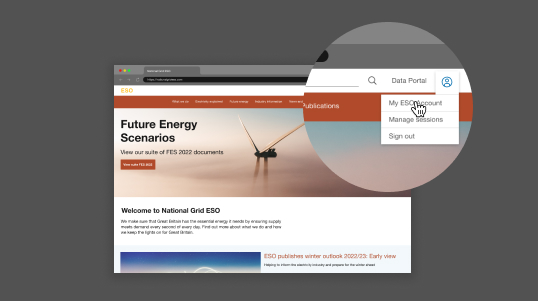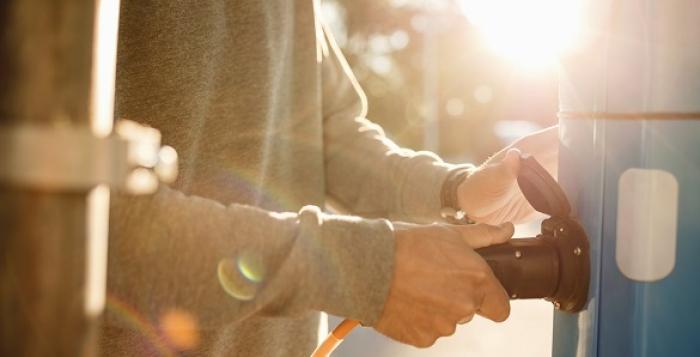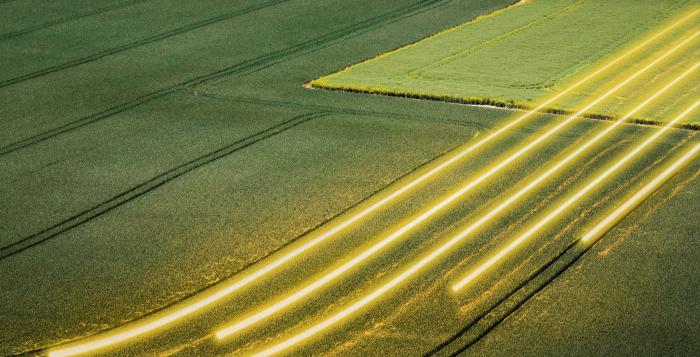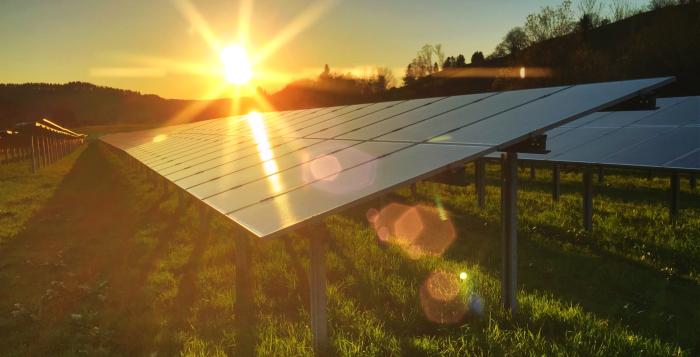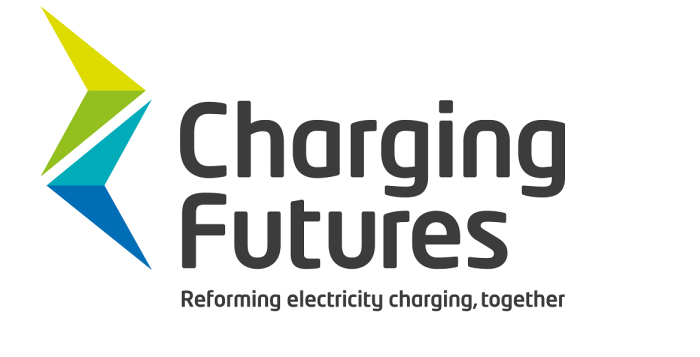All users of the electricity transmission system pay to use it. This brief overview looks at who pays, for what, and how the charges are calculated.

The charges for using Great Britain’s electricity system
All users of Great Britain’s electricity network pay to use it. Users include generators, who use the network to transport the electricity they generate to where it is needed, and demand users who use it to obtain electricity when they need to use it.
What is charging, and why does charging exist?
How users are charged, and the type of charge they receive, depends on how they use the system. There are four main types of charges:
TNUoS charges recover the costs of installing and maintaining the transmission system and are charged to all suppliers and generators.
BSUoS charges recover the costs of the day-to-day operation of the transmission system.
Connection charges recover the cost of installing and maintaining connection assets which are required to connect individual users to the GB transmission network.
AAHEDC recovers costs for the north of Scotland which is currently the only area specified to receive assistance.
More from charging
One place for electricity network users to learn, contribute and shape the reform of GB's electricity network access and charging arrangements.
Our charging documentation page is where you can now find all of our charging statements and policy developments along with all the guidance documents and webinars you need if you're new to charging.
Submit a query through our webform, get involved through forums and steering groups, or reach out to the relevant charging team.
Join our mailing list to receive publication updates, invitations to our forums, webinars and workshops, and links to our latest guidance materials.
